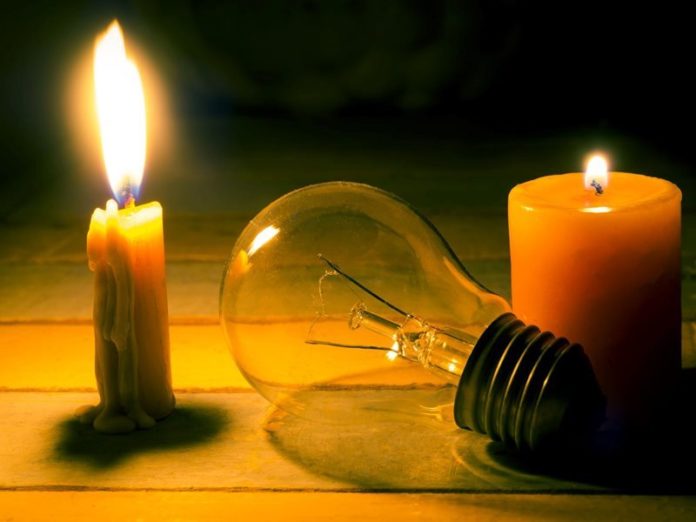South Africans will have to brace themselves for at least another 12 months of loadshedding.
Eskom COO Jan Oberholzer says that even though the President’s plans to bring loadshedding to an end, are being rolled out, it will take at least another year before the additional capacity could be added to the national grid.
Oberholzer says building facilities and then generating electricity does not happen overnight.
He also said Eskom teams are working around the clock to return Koeberg Unit 2 to service. The unit tripped on the 3rd of September, during a period check of its control-rod system. Reconnecting the Unit to the national grid would boost the electricity supply by 920MW.
The power utility also warned of reduced generation capacity as it starts ramping up maintenance, as the summer months approach.
Oberholzer says this maintenance requires that several units be taken off the grid, which could lead to continued loadshedding.
Therefore South Africans can expect another 12 months of loadshedding in the near future.
Stage 2 loadshedding, which was ramped up to Stage 4 over the weekend, was implemented as a direct result of Unit 2 tripping from full load last Saturday morning.
Eskom also saw significant breakdowns elsewhere in the coal fleet.
The next scheduled outage for Unit 2 is August 2023, at which time the SGR for the unit will be undertaken.
Oberholzer says if Eskom misses any further key dates and the refurbishment is not completed in good time, the resultant re-licensing process could take up to a year to complete, as it requires inspections to be undertaken by international and local regulators.
While much of the work is yet to be completed, the most central obstacle to Eskom meeting this deadline has become the replacement of the six steam generators.
Koeberg is capable of generating 1 800 megawatts of electricity cheaply and reliably, making it the crown jewel of Eskom’s ageing and brittle fleet of coal-fired power stations.
If both units are offline for extended periods, the country will face months, if not years, of continuous stage two or higher load shedding.
Stage 2 load shedding, which was ramped up to stage 4 over the weekend, was sparked by Unit 2 at Koeberg tripping while under full load last Saturday morning, caused by protection systems sensing that the control rods were lowered too much.
Watch the latest Eskom briefing here.
Related articles:
Loadshedding Media Briefing https://t.co/zrGden9aDt via @YouTube
— Eskom Hld SOC Ltd (@Eskom_SA) September 12, 2022




